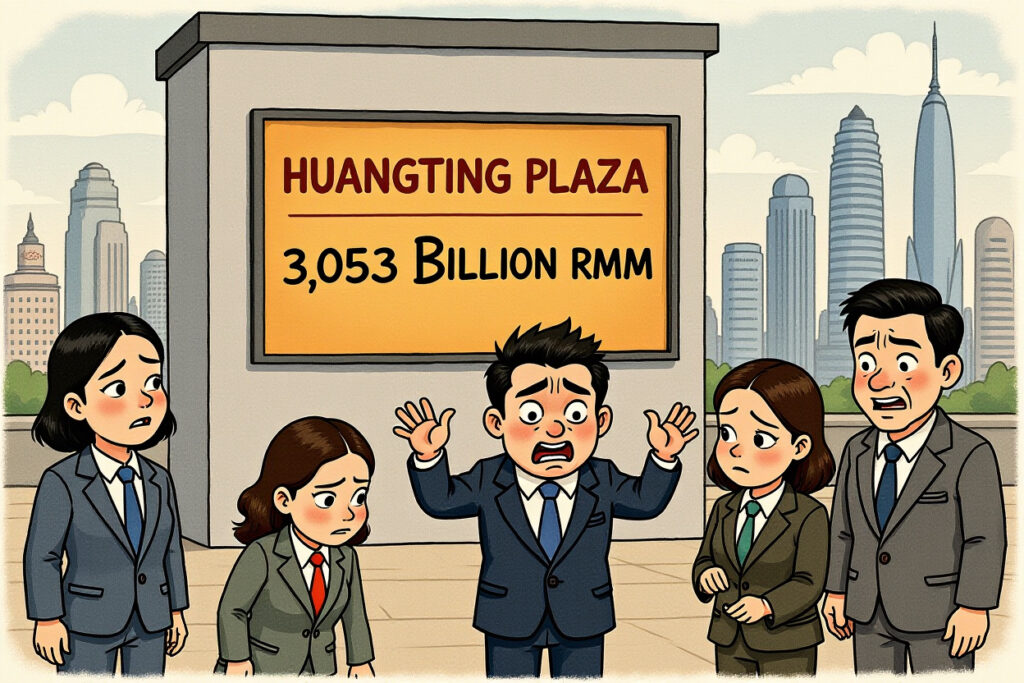The $8.5 Trillion Vision: Musk’s Compensation Blueprint
Elon Musk’s compensation package represents one of the most ambitious corporate performance plans ever conceived. Tesla’s board has structured a compensation scheme that only pays out if the company achieves what many consider impossible – growing from today’s approximately $1 trillion valuation to a staggering $8.5 trillion market cap. This would require surpassing the combined current market values of Nvidia and Microsoft, two of the world’s most valuable companies.
The compensation package, set for shareholder approval in November, establishes 12 distinct milestones tied to product development, profitability, and market capitalization. Unlike traditional auto industry compensation plans focused solely on vehicle production, Musk’s incentives align with Tesla’s transformation into an artificial intelligence and robotics company. This shift acknowledges that Tesla’s future value creation will come from areas well beyond electric vehicles.
Analysts remain divided on the feasibility of this Elon Musk compensation package. While ARK Invest has previously projected Tesla could reach $7-10.9 trillion by 2029, exceeding even Musk’s targets, Morgan Stanley analysts call the 4000 billion EBITDA target “more aggressive than expected.” The success of this Elon Musk compensation package ultimately depends on Tesla executing what amounts to multiple business transformations simultaneously.
Robotaxi Network: The Foundation of Tesla’s Growth Plan
At the core of the Elon Musk compensation package lies the development of a massive robotaxi network. Tesla currently operates approximately 36 robotaxis in Austin, Texas, but Musk’s first milestone requires scaling this to 1 million vehicles. This represents a 27,777-fold increase from current operations, creating tremendous execution pressure.
The financial projections behind this aspect of the Elon Musk compensation package are staggering. ARK Invest estimates Tesla’s robotaxi network could generate $603-951 billion in annual revenue, compared to Uber’s projected $52 billion this year. More remarkably, ARK projects Tesla could capture 40-60% of ride fees, double Uber’s current take rate.
Implementation Challenges and Timeline
Building a robotaxi network at this scale presents unprecedented challenges. Regulatory approval across multiple jurisdictions, hardware production at massive scale, and software reliability all represent significant hurdles. The Elon Musk compensation package acknowledges these challenges by structuring payments around progressive milestones rather than a single ultimate target.
Industry experts like Deepwater Asset Management’s Gene Munster believe the robotaxi business alone could contribute $1 trillion to Tesla’s valuation. “At the end of the day, whether this plan succeeds really depends on Optimus,” Munster noted, referring to Tesla’s humanoid robot project. “It’s a fairy tale, but it could come true.”
Optimus Humanoid Robots: The Wild Card in Tesla’s Valuation
The second pillar supporting the Elon Musk compensation package is Tesla’s Optimus humanoid robot. Musk has recently suggested that Optimus could eventually constitute 80% of Tesla’s value. This projection reveals how fundamentally Tesla’s business model might transform under this compensation structure.
To understand the scale of ambition behind this aspect of the Elon Musk compensation package, consider the math: If Optimus robots sell for approximately $25,000 each with Tesla’s current 15% EBITDA margin, the company would need to sell over 1 billion units annually to achieve the targeted profitability. Even with doubled margins, annual sales would need to reach 500 million units – numbers that dwarf any current electronics market.
Market Reality Versus Projections
The gap between current reality and the targets in the Elon Musk compensation package is enormous. Tesla’s projected 2024 EBITDA of approximately $13 billion stands in stark contrast to the $400 billion required under the most aggressive compensation tiers. This suggests that either Tesla has breakthrough technology not yet visible to outsiders, or the compensation package serves more as a vision statement than a practical roadmap.
Morgan Stanley analysts captured this disconnect in a recent report, noting that the $400 billion EBITDA target “would imply significant contributions from Optimus and other AI robotics end markets which are not currently in our forecasts.” This highlights how the Elon Musk compensation package depends on creating entirely new markets rather than simply dominating existing ones.
Vvaluation Multiples: The Psychological Component of Tesla’s Growth
The final determinant of whether the Elon Musk compensation package pays out lies in how investors value Tesla’s future earnings. Valuation multiples represent both mathematical calculations and psychological assessments of a company’s growth potential and risk profile.
An intriguing calculation shows that if investors continue to award Tesla its current approximately 75x EBITDA multiple, the company would only need to generate $113 billion in EBITDA to reach the $8.5 trillion market cap target – far below the $400 billion maximum profit target in the compensation package. Conversely, achieving $400 billion EBITDA at a 21x multiple would yield the target valuation.
Investor Perspectives on the Compensation Structure
Some investors have welcomed the ambitious nature of the Elon Musk compensation package. Will Rhind, CEO of global ETF issuer GraniteShares, noted: “Tesla really needs to complete some major operational hurdles. Some things obviously need to be reversed, like sales decline and so on. So why not tie the CEO’s compensation to reversing these trends?”
This perspective acknowledges that the Elon Musk compensation package aligns executive incentives with shareholder interests in growth areas beyond traditional automotive metrics. By focusing on future technology platforms rather than current vehicle sales, the package encourages long-term value creation rather than short-term operational optimization.
Execution Challenges: From Vision to Reality
The path to achieving the Elon Musk compensation package targets is fraught with execution risks. Tesla must simultaneously advance multiple technology platforms while maintaining its automotive business amid increasing competition. This requires exceptional operational excellence and continuous innovation.
Key challenges include:
– Scaling robotaxi production while maintaining safety standards
– Developing humanoid robotics technology that outperforms specialized competitors
– Maintaining investor confidence during what will likely be years of heavy investment before profitability
– Navigating regulatory environments across multiple countries and regions
– Managing organizational complexity as Tesla expands into fundamentally different business areas
The Broader Implications of Musk’s Compensation Structure
The Elon Musk compensation package represents more than just an individual executive’s pay plan. It signals how technology companies are increasingly structuring compensation around transformative growth rather than incremental improvement. This approach acknowledges that true value creation often comes from creating new markets rather than optimizing existing ones.
For Tesla shareholders, the package offers both tremendous upside potential and significant risk. If successful, the Elon Musk compensation package could make Tesla the most valuable company in history by a substantial margin. If unsuccessful, it could represent a distraction from Tesla’s core automotive business at a time when competition is intensifying.
The ultimate test of the Elon Musk compensation package will be whether it motivates the breakthrough innovation needed to achieve its audacious targets while maintaining focus on execution fundamentals. As with many Musk ventures, the boundaries between seemingly impossible vision and practical reality may prove more permeable than conventional analysis suggests.
As investors consider approving this unprecedented compensation structure, they must weigh the potential for extraordinary returns against the risk of pursuing what some analysts consider unrealistic targets. The decision ultimately comes down to belief in Tesla’s ability to not just lead existing markets, but to create entirely new ones that redefine what’s possible in transportation, robotics, and artificial intelligence.




